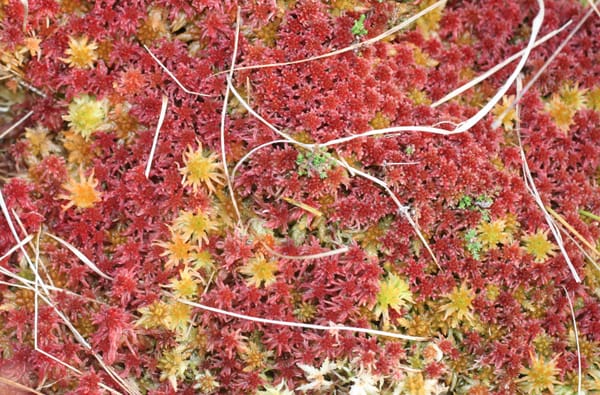A Statutory Biodiversity Metric for Scotland?

The Scottish Biodiversity Strategy aims to halt biodiversity loss by 2030 and reverse it by 2045. Planning for nature is already built into the National Planning Framework, although ways of measuring improvements have not yet been introduced. As part of the Scottish Government's biodiversity commitment the use of a metric is being examined, with the English metric used as an example. This month NatureScot launched the consultation 'Biodiversity Metric for Scotland's Planning System' to support the biodiversity enhancements directive in the National Planning Framework 4 (NPF4). This consultation follows a review of the English Statutory Biodiversity Metric by the SRUC.
Potential issues in using the existing metric, are in the methodology of habitat classification and condition assessment. Although Phase 1 survey data can be translated into UKHab which the metric employs, there is no way of translating the NVC into it. Some botanists in Scotland think that Phase 1 is too simplistic for many Scottish habitats and that UKHab doesn't describe certain Scottish habitats well. UKHab is seemingly not widely used in Scotland, possibly due to lack of training. Adaptations are include the addition of pests and pathogens in habitat assessments and to adapt river condition assessments to make them more relevant to Scottish water courses.
England has a system (some still in the planning stage) of Local Nature Recovery Strategies which have no direct comparison in Scotland. The SRUC highlighted the need for flexibility, so that lower rated habitats that are still key to nature connectivity are not lost.
So these points, as well as some changes within the irreplaceable habitats section, are required to protect our complex and precious habitats in Scotland. Having a way to measure improvements would seem theoretically to be a good thing and the consultation ends on 10th May.
Both CIEEM and the Biological Recording Company held BNG conferences last month and it was very useful seeing how BNG had been implemented in a number of different projects . It's important to understand the overall picture and how a Scottish metric might work, so I have undertaken training in preparation.
The Field Studies Council are running an online course 'Biodiversity Net Gain for Reviewers'. The 4 week course takes you through various case studies by supplying you with survey and habitat condition data which you then input into the metric for the baseline for area habitats, hedgerow and watercourse sections. You then work through the proposed development changes, habitat creation and assess the outputs. The course takes you though each element of the metric and so you learn to interpret the user guide, trading summaries etc and trouble shoot errors. The course also comes with a large amount of resources such as real case studies. Seeing this from a reviewer's perspective has been a useful exercise and I recommend the course.



